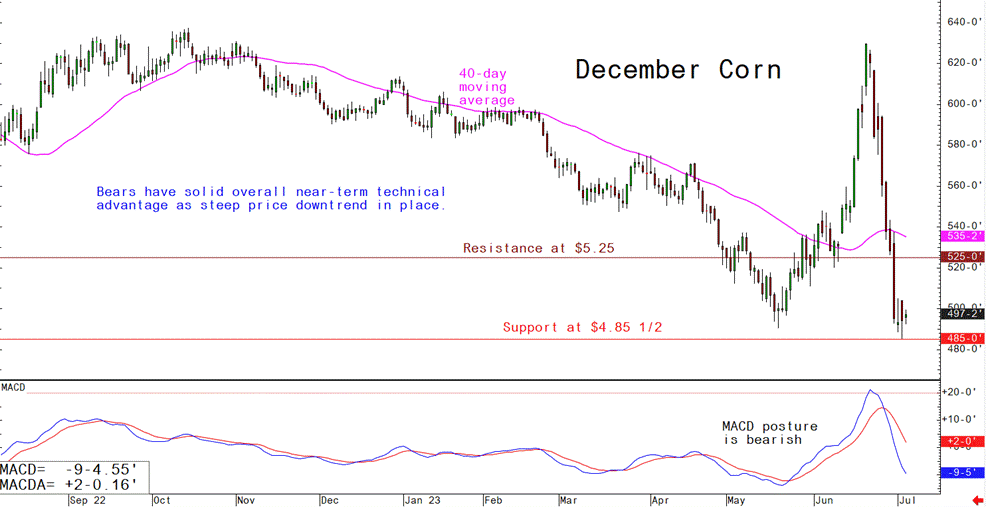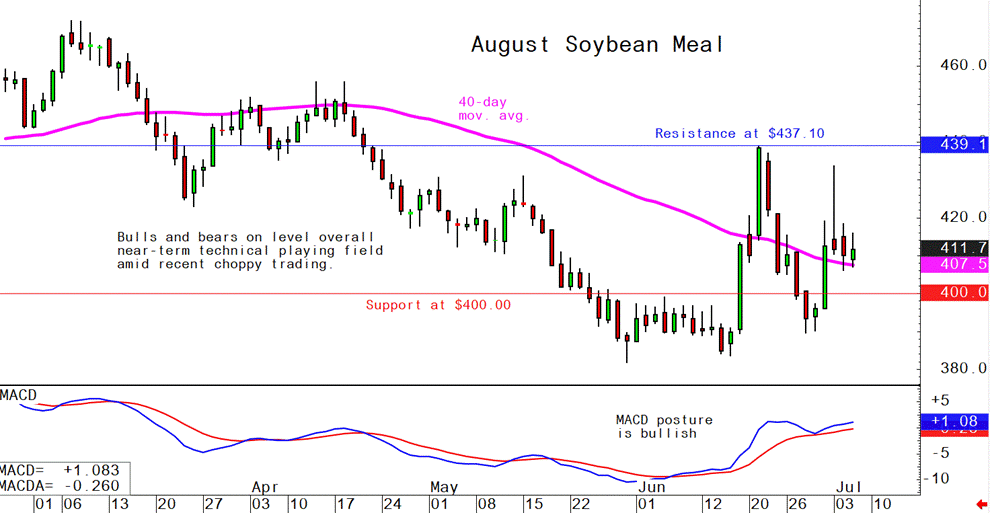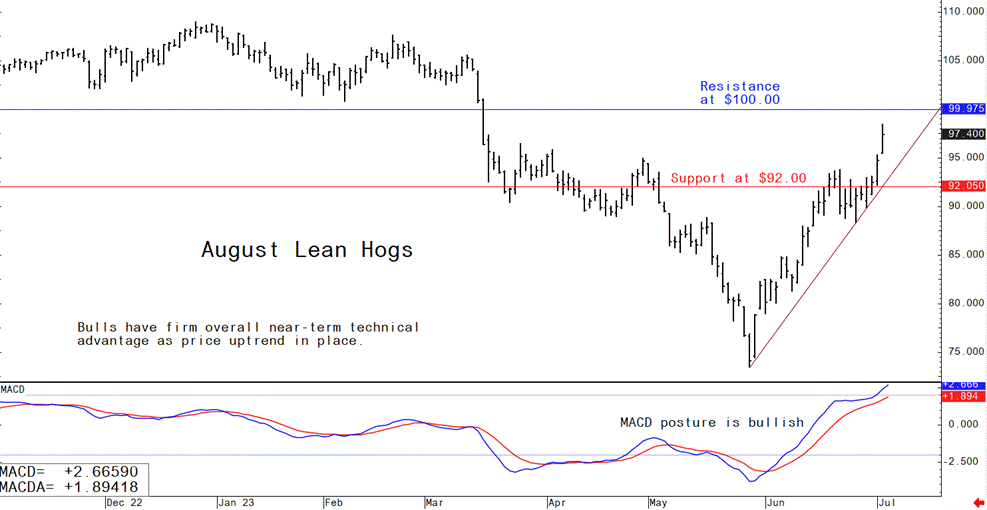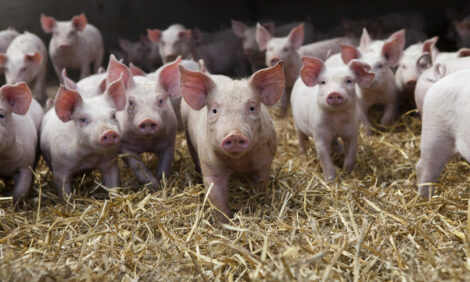



Pig outlook: Lean hog futures bulls gain still more power
Livestock analyst Jim Wyckoff shares this week's global pig newsLean hog futures rocketed higher this week as prices continue their technical breakout and price uptrend amid the bullish seasonal advance in cash hog prices. The latest official CME lean hog index quote was up 39 cents to $94.31. Monday’s preliminary quote came in an additional 37 cents higher to $94.68. Wholesale pork prices have exploded higher over the last week. Grocers are switching to pork features at the meat counter. The path of least resistance for lean hog futures remains sideways to higher in the near term.
China's state planning agency issues warning regarding declining hog prices
The agency says hog prices have now fallen into a critical "warning zone.” In response, the agency has outlined plans for a second round of pork purchases for state reserves this year. According to a report by Reuters, the agency is also set to keep a close eye on hog prices, while continuing efforts to control both hog production capacity and prices. This approach is aimed at maintaining stability in a crucial sector of China's domestic economy.
Slightly negative USDA Hogs and Pigs Report
USDA has estimated the U.S. hog herd up 0.1% from year-ago as of June 1, whereas traders expected a 0.7% decline. All categories except spring farrowings and summer/fall farrowing intentions came in higher than anticipated. That could weigh slightly on summer and fall/winter hog futures, though we doubt the selling will be too intense or sustained.
China’s sow herd declines
China’s sow herd declined 0.6% in May from the previous month to 42.58 million head, according to the country’s ag ministry. However, the sow herd was still 1.6% larger than May 2022. China’s hog slaughter in May jumped 11% from year-ago. China’s hog slaughter through the first five months of this year topped year-ago levels by 9.9%.
Study: Plans for controlling a US ASF outbreak did not halt its progress
A study by North Carolina State University suggests that the current U.S. control measures may not be sufficient to completely halt the progress of an outbreak of African swine fever (ASF) within 140 days. While the measures taken, such as limiting animal movement and depopulation, managed to reduce the ASF spread by nearly 80% in computer simulations, only 20% of the virtual models had the virus completely under control by the end of this period.
What results mean. These results, as pointed out by Gustavo Machado, an assistant professor of population health and pathobiology at the university, indicate that while containment of ASF is possible, it could take longer than initially projected. The university is currently revising its simulation model with updated data and parameters to explore possibilities of controlling the virus within various timeframes.
The initial simulation, which was funded by USDA and based on data from over 2,000 real-world farms and records of past diseases, showed that close contact between pigs accounted for 71.1% of theoretical ASF cases. Other causes included the indirect spread through contaminated transportation (14.4%), and local transmission factors (14.6%).
The study also emphasized the role of pre-outbreak testing and screening measures. Although the cost of testing every animal may be high, the U.S. should continue to enhance existing surveillance measures and train more personnel in sample collection and analysis. The study particularly advised stricter controls for high-risk farms where animals comingle extensively, which could help detect and manage outbreaks earlier.
USDA Secretary Vilsack to announce another tranche of spending on meat processing
Whenever Vilsack travels, millions of dollars are announced and that is the case today when he will announce that $115 million will be distributed across 17 states in the form of 15 awards to augment meat and poultry processing capacity. This announcement will be made in Des Moines, Iowa.
The National Institute of Food and Agriculture managed by USDA will also grant seven awards totaling $4.5 million to community and technical colleges for the training of meat processing workers. The industry has been facing labor supply issues.
The funding will be allocated as follows: the Meat and Poultry Processing Expansion Program will distribute five awards totaling $38 million to support smaller, independent processing firms. The Meat and Poultry Intermediary Lending Program will dispense ten awards totaling $77 million. The funding for the educational grants will be channeled through the Meat and Poultry Processing — Agricultural Workforce Training program.
The next week’s likely high-low price trading ranges:
August lean hog futures--$90.00 to $100.00 and with a sideways-higher bias
August soybean meal futures--$400.00 to $425.00, and with a sideways bias
December corn futures--$4.90 to $5.25 and a sideways bias
Latest analytical daily charts lean hog, soybean meal and corn futures












